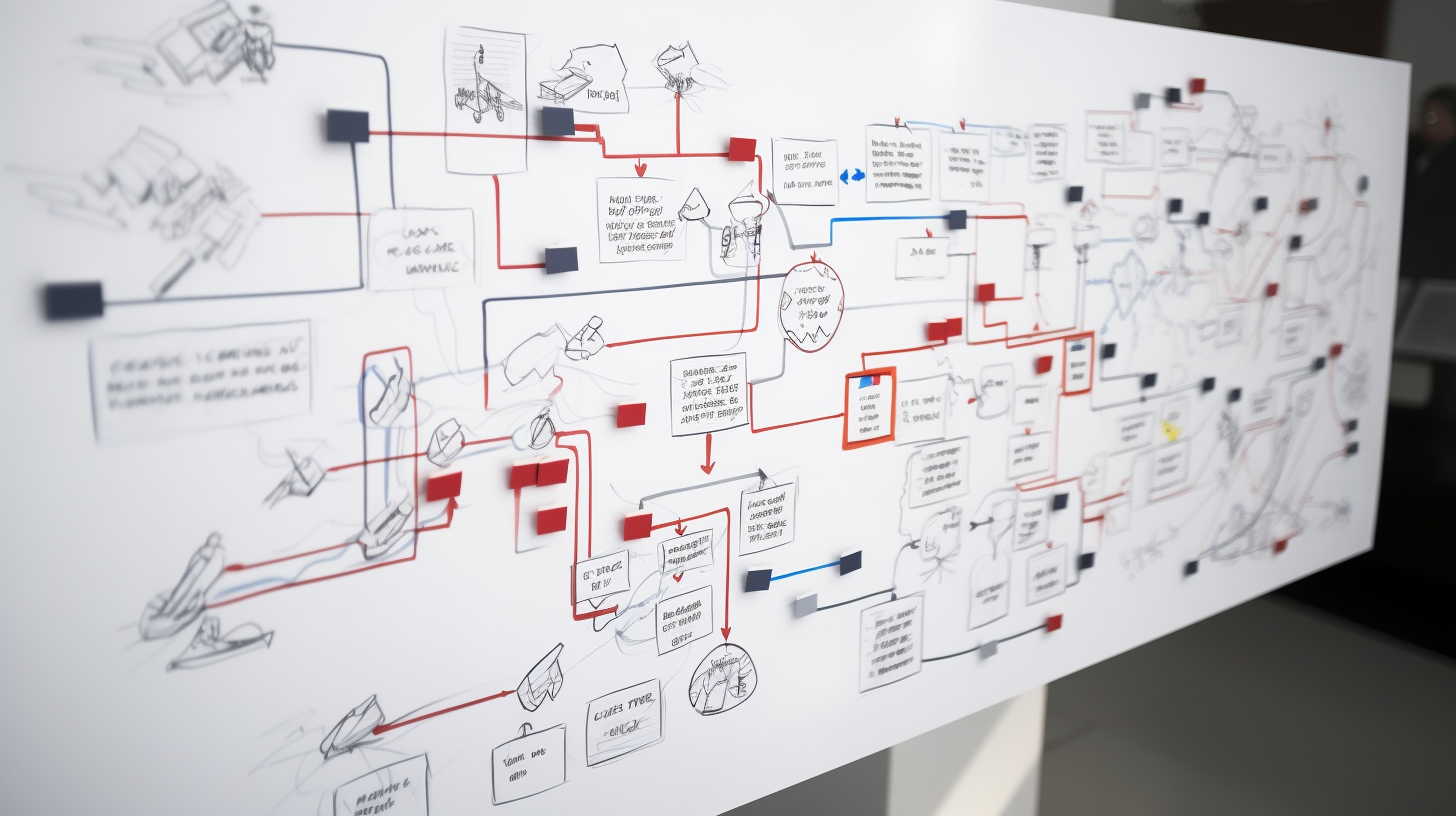In the ever-evolving world of software development, businesses face the constant challenge of adapting to changing requirements, scaling their systems, and maintaining a competitive edge. One of the most effective ways to achieve these goals is by leveraging microservices architecture. Microservices break down complex systems into smaller, modular components that can be developed, deployed, and managed independently. In this blog post, we will explore the benefits of microservices, discuss how you can implement them in your organization, and identify the scenarios in which you might want to consider bringing in outside help for software development and deployment.
Benefits of Microservices
- Enhanced Scalability: Microservices allow you to scale your application by dividing it into smaller, independent units. This enables you to allocate resources more effectively and increase the capacity of individual components as needed, without impacting the entire system. As a result, your organization can respond more quickly to changes in demand and grow its business more efficiently.
- Improved Flexibility: With microservices, you can choose the most appropriate technology stack for each component, allowing you to leverage the best tools and frameworks for specific tasks. This flexibility also makes it easier to upgrade or replace components without affecting the entire system, reducing the risk of downtime and ensuring smoother transitions.
- Faster Time to Market: By breaking down complex systems into smaller components, teams can develop, test, and deploy software more quickly. This accelerates the delivery of new features and enables organizations to respond faster to market demands, giving them a competitive edge.
- Easier Maintenance: Since microservices are modular, they can be updated, fixed, or replaced independently, reducing the complexity of maintenance tasks. This also makes it easier to identify and troubleshoot issues, leading to improved system stability and performance.
- Stronger Resilience: Microservices architecture helps create a more fault-tolerant system by isolating failures within individual components. If one service fails, the others can continue to operate, minimizing the impact on overall system availability and user experience.
Implementing Microservices: DIY vs. Outsourcing
As with any software development strategy, implementing microservices requires careful planning and execution. Here are some steps you can take to break down complex tasks and determine whether to handle them internally or seek outside assistance:
- Identify the core components: Begin by analyzing your application and identifying its key functions. Break these down into smaller, self-contained units that can be developed and managed independently.
- Define clear interfaces: Establish well-defined APIs for communication between services, ensuring that each component interacts seamlessly with the others. This will make it easier to manage and maintain your microservices architecture.
- Plan for data management: With microservices, data storage and management can become more complex, as each service may have its own data store. Plan for how data will be shared, synchronized, and accessed across your system.
- Establish monitoring and logging: Implement monitoring and logging tools to help track the health of individual services and identify potential issues before they impact the entire system.
- Consider security implications: Ensure that proper security measures are in place for each component, including authentication, authorization, and data encryption.
If your organization has the necessary expertise, resources, and time, you may be able to handle these tasks internally. However, if you lack the required skills, or if the project scope exceeds your team’s capacity, it may be beneficial to seek external help. Bringing in a partner like blendingbits, which specializes in custom software development, can provide valuable guidance and support throughout the development and deployment process.
Conclusion
Microservices architecture offers numerous benefits for businesses looking to create scalable, flexible, and resilient software solutions. By breaking down complex systems into smaller, modular components,
organizations can accelerate development, improve maintenance, and better respond to changing market demands. To successfully implement microservices, it’s crucial to carefully plan and execute each step, from identifying core components to ensuring proper security measures are in place.
In some cases, managing this process internally may be feasible, particularly if your organization has the necessary expertise, resources, and time. However, for companies that lack these capabilities or face a project scope that exceeds their team’s capacity, partnering with an experienced software development company like blendingbits can be the key to success.
By bringing in external experts, you can leverage their knowledge and experience to help you navigate the complexities of microservices architecture, ensuring a smooth development and deployment process. Ultimately, the decision to handle microservices implementation in-house or seek outside help will depend on your organization’s unique needs, resources, and goals.
In conclusion, embracing microservices can greatly enhance your organization’s ability to create robust and adaptable software solutions. By breaking down complex tasks and evaluating whether to handle them internally or seek external assistance, you can optimize your approach to software development and deployment, positioning your business for success in today’s fast-paced, competitive landscape.

